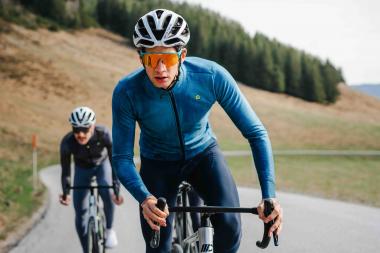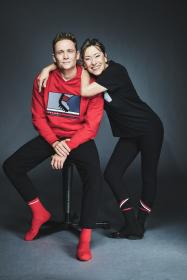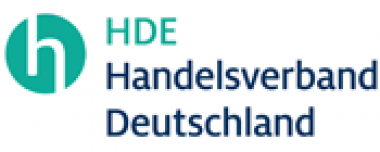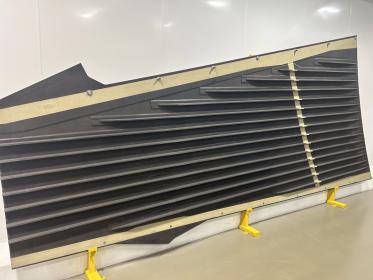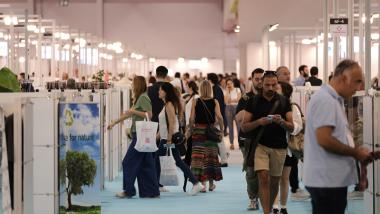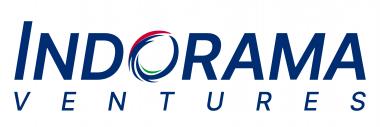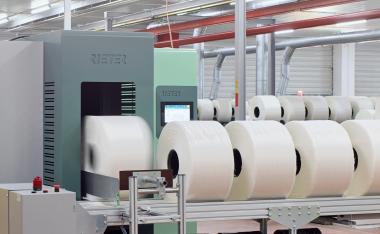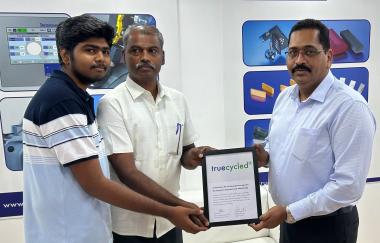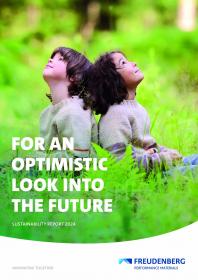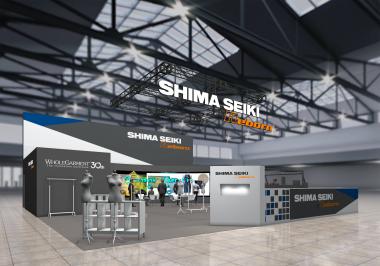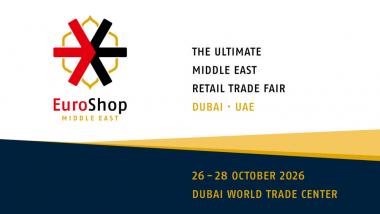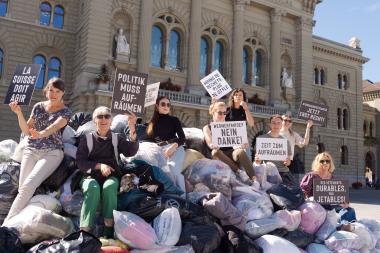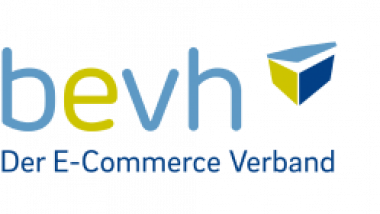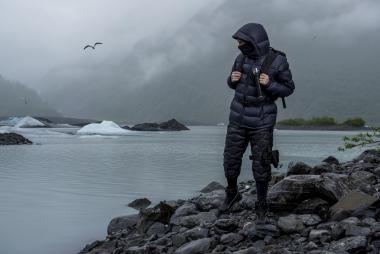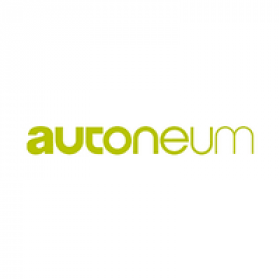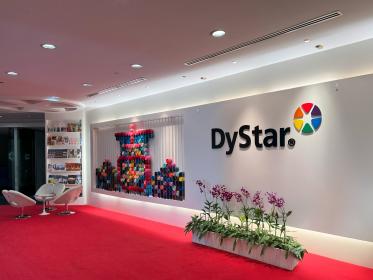eVent Fabrics: First-to-Market Partnership with Italian Alé Cycling
eVent® Fabrics, a leader in breathable waterproof, weatherproof, and windproof laminate technologies, announced that their super light, fast, and highly breathable stormburstLT laminate is now available to cyclists through a partnership with Italy’s Alé Cycling.
eVent introduced the PFAS-free stormburstLT laminate in early 2025. While other brands have adopted the new laminate, the partnership with Alé represents the first time this high-performance laminate will be available to cyclists.
Purpose made for fast and light adventures, eVent’s stormburstLT is lightweight, highly breathable, has stretch, and repels light rain and snow. Designed with high-output activities and adventure travel in mind, the PFAS-free laminate technology allows heat and moisture to escape ensuring comfortable protection, especially when conditions suddenly change.
eVent partners with apparel manufacturer ITTTAI, an Italian company specializing in premium manufacturing and technical fabrics, dedicated to providing maximum comfort to athletes. ITTTAI provides European-based clients with a variety of services and materials, including eVent’s stormburstLT laminate, to create high-performance, ultra-modern apparel such as Alé’s new FAN and TRACCIA jackets.
“Our stormburstLT laminate is ideal for high intensity activities and our partnership with Alé will give cyclists an incredible option for high performance weather protection,” said Chad Kelly, President of eVent Fabrics. “stormburstLT is a perfect laminate for cycling apparel, providing the right blend of breathability, dynamic movement, and weather protection to keep cyclists comfortable and performing at their best in challenging weather conditions.”
Alé’s FAN jacket for men and women offers warmth, breathability, and water repellency. With a temperature range of -3 to 6℃ and designed using Alé’s Body Mapping system, this light, high performance jacket is engineered to actively protect cyclists from the elements. Ideal for winter use, eVent’s 3-layer laminate fabric is combined with a highly breathable, quick-drying fleece liner, featuring a three-dimensional hexagonal structure. A DWR (Durable Water Repellent) treatment across the entire surface provides protection against light rain.
Alé’s TRACCIA jacket for men is a slimmed down version of the FAN jacket, made for warmer weather and more intense rides. The TRACCIA’s lighter weight fabrics and specialized body mapping to create a high-performance top that better dissipates excess heat, making it ideal for fall and spring riding when temperatures are between 0 and 12℃.
With sleek styling and a unique color palette, the sophistication of these jackets is matched by a range of technical features, including raw-cut cuffs with an aerodynamic profile that seal in warmth and fit comfortably under gloves, a rear hem designed for better grip and to keep the jacket in place, and reflective branding for increased visibility.
eVent® Fabrics


